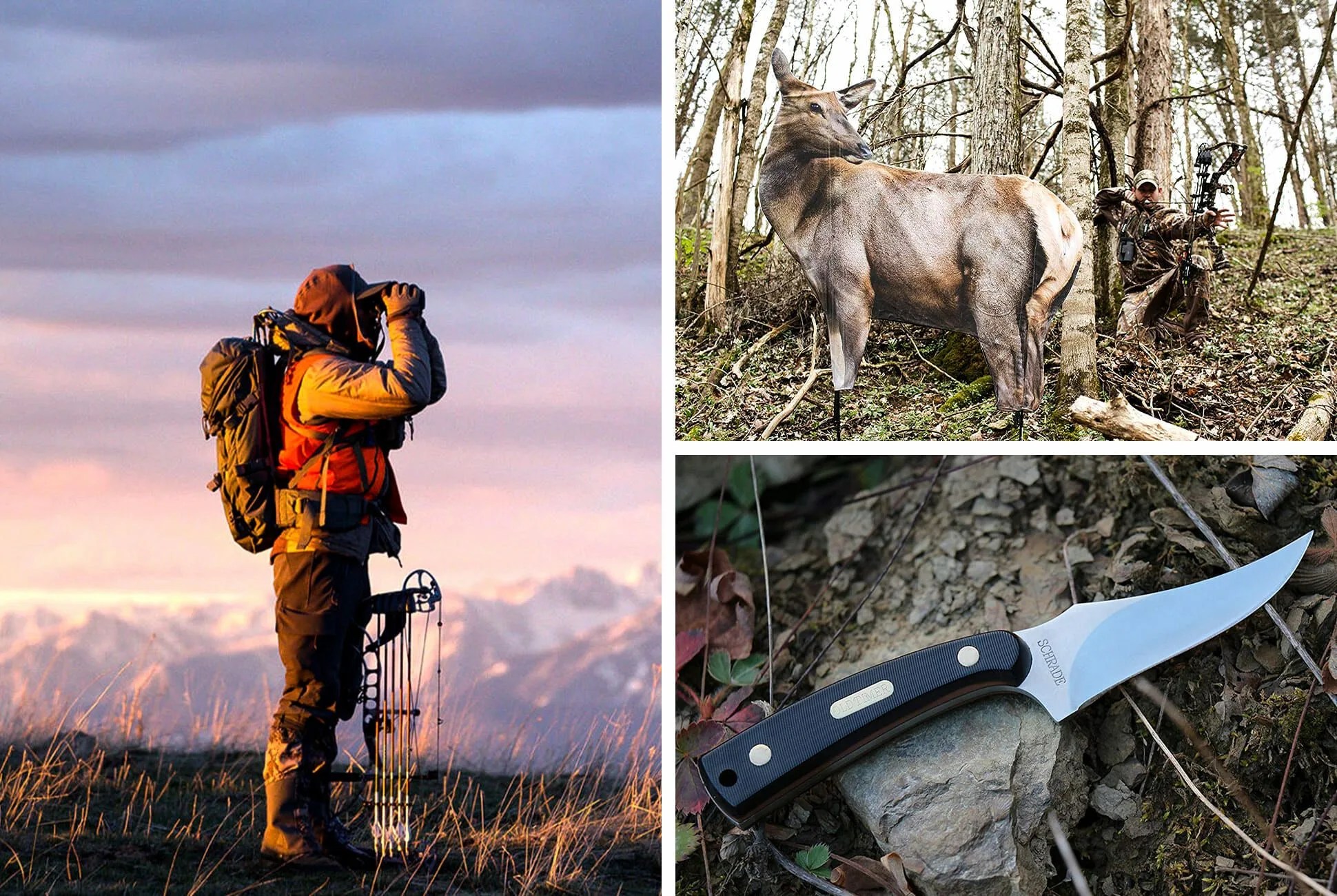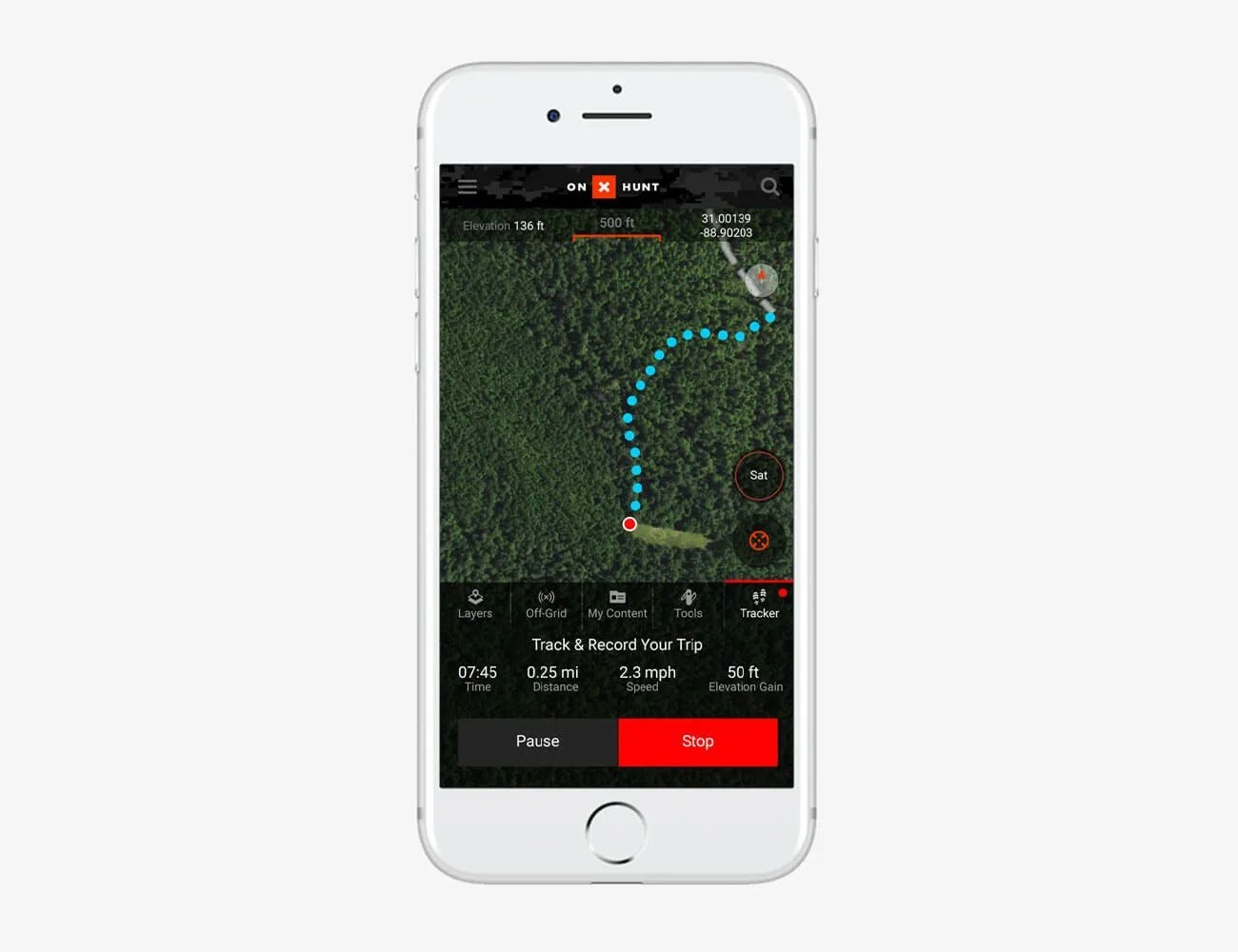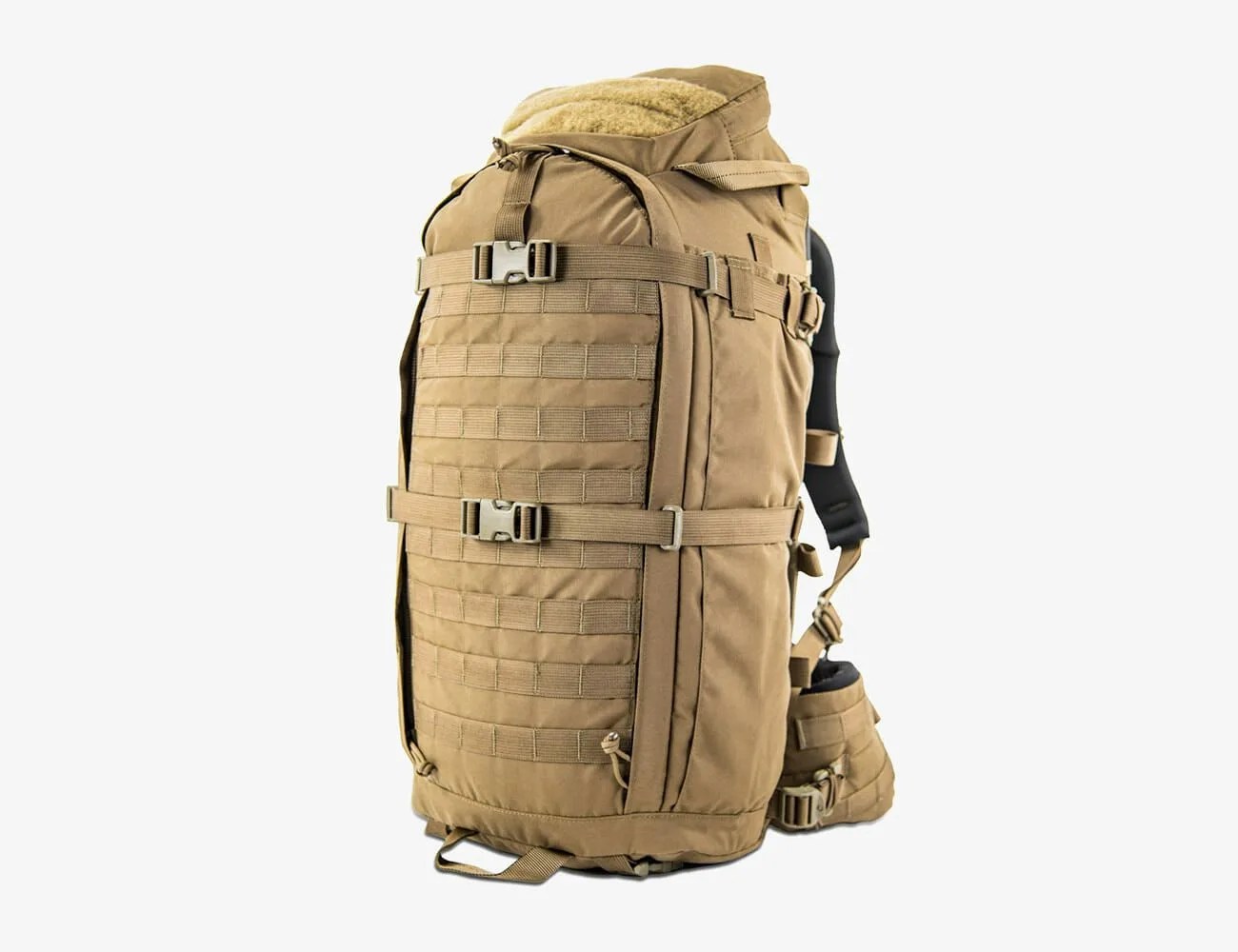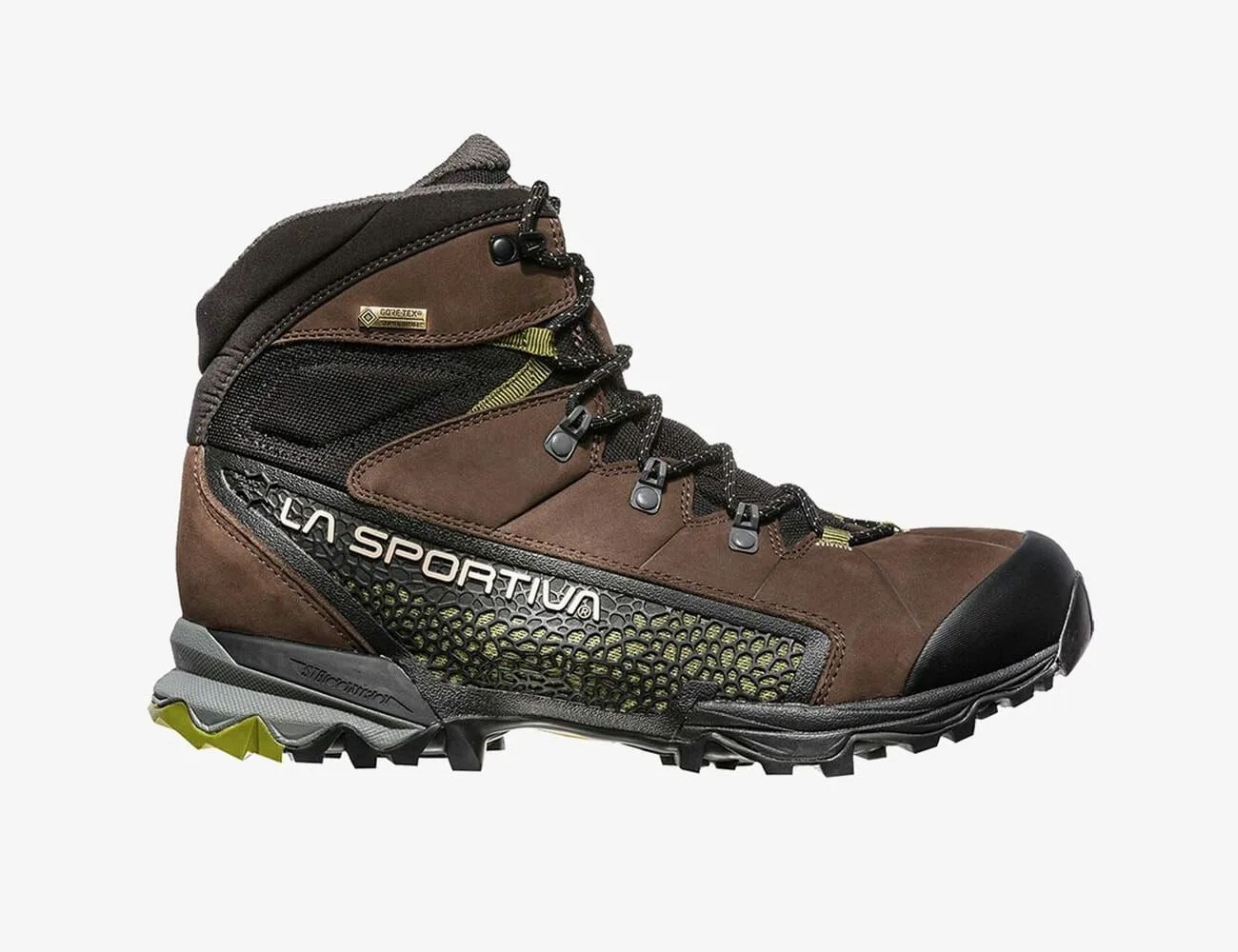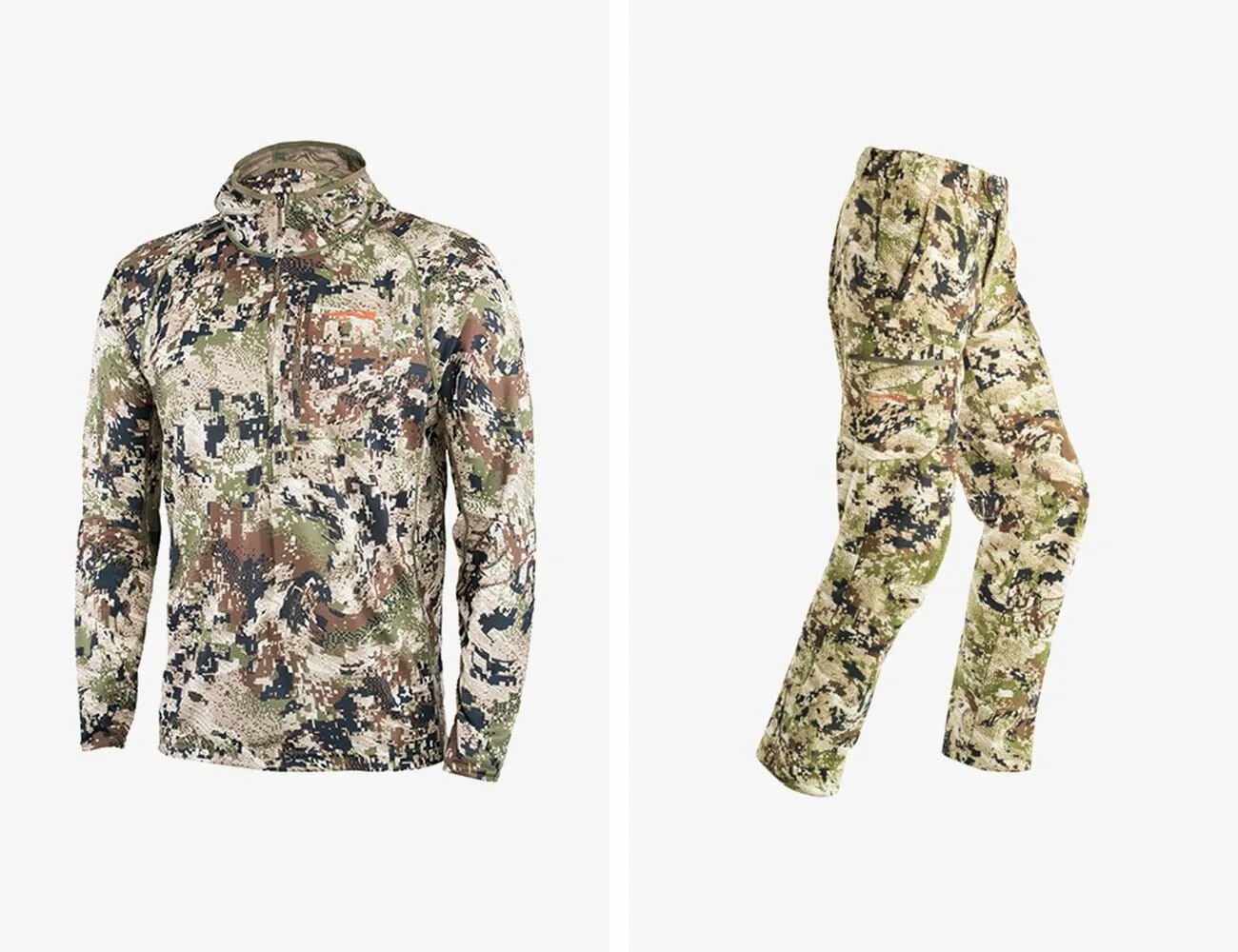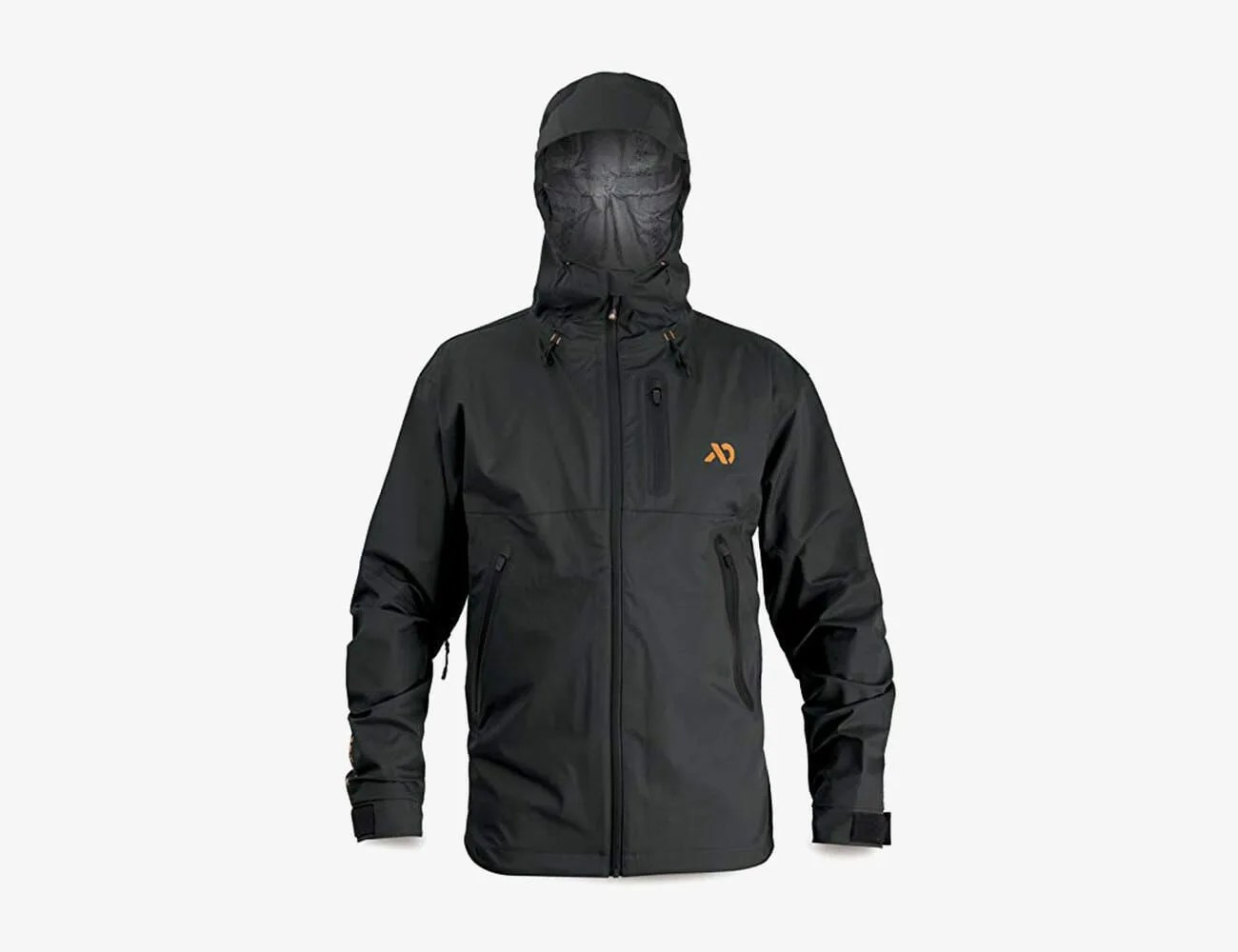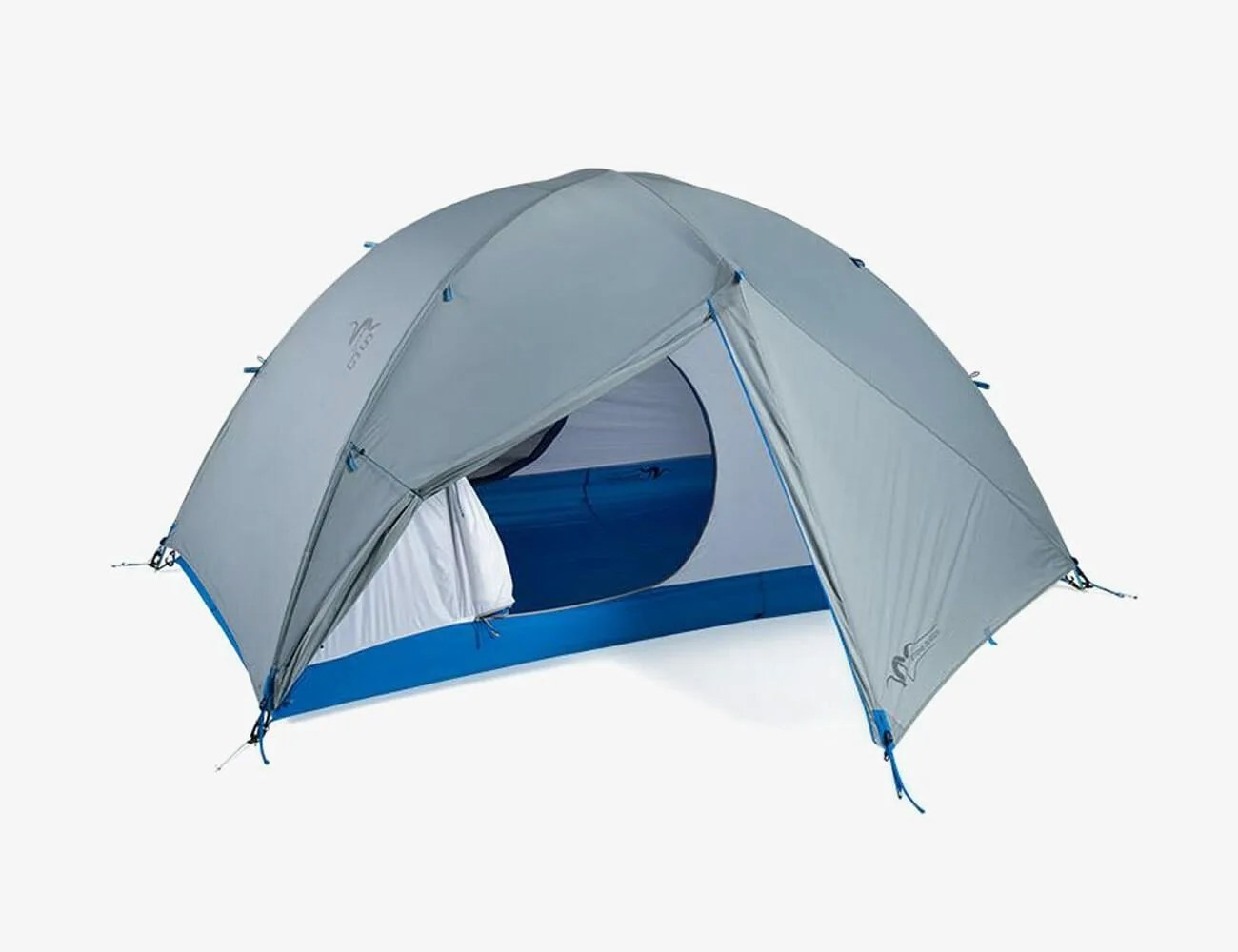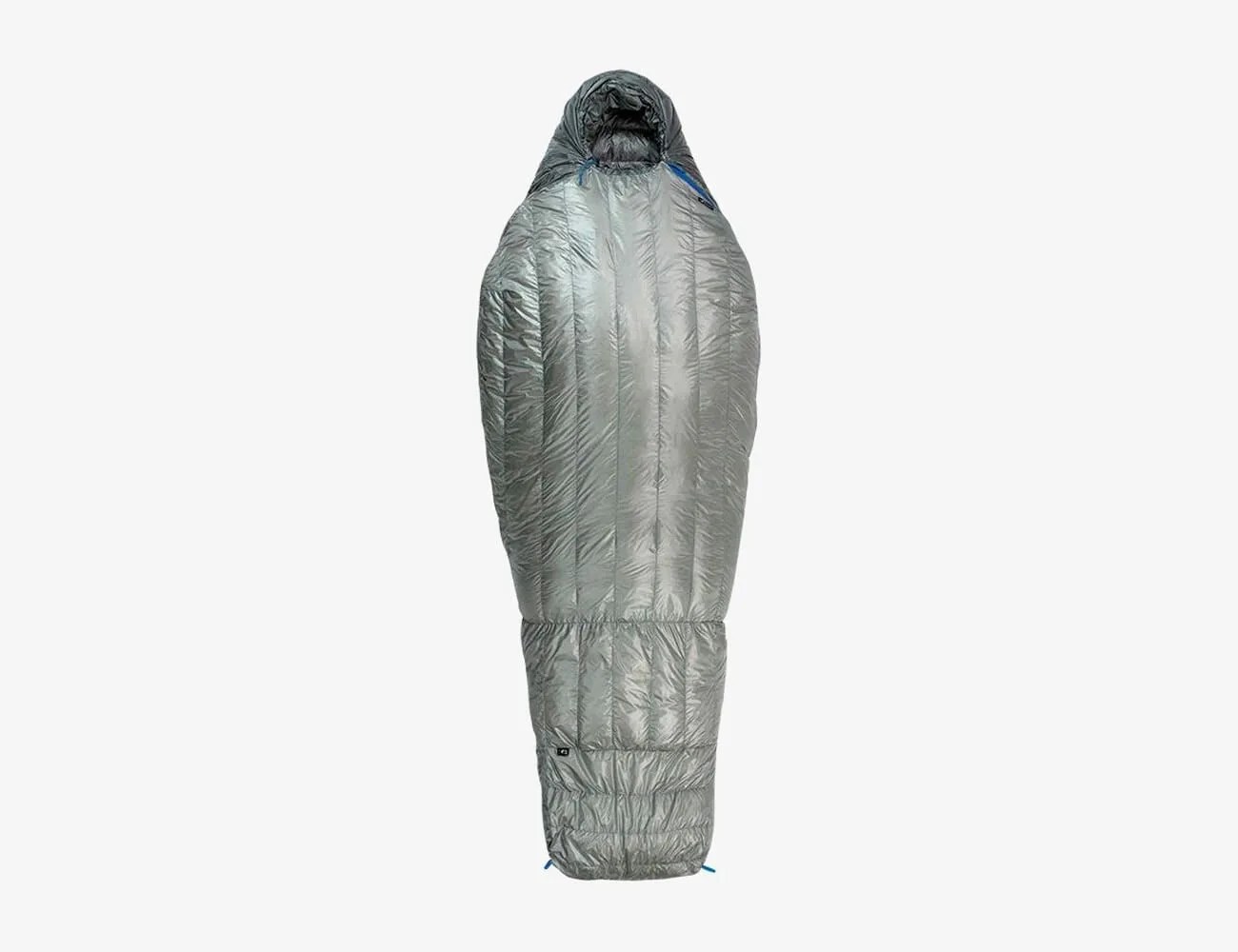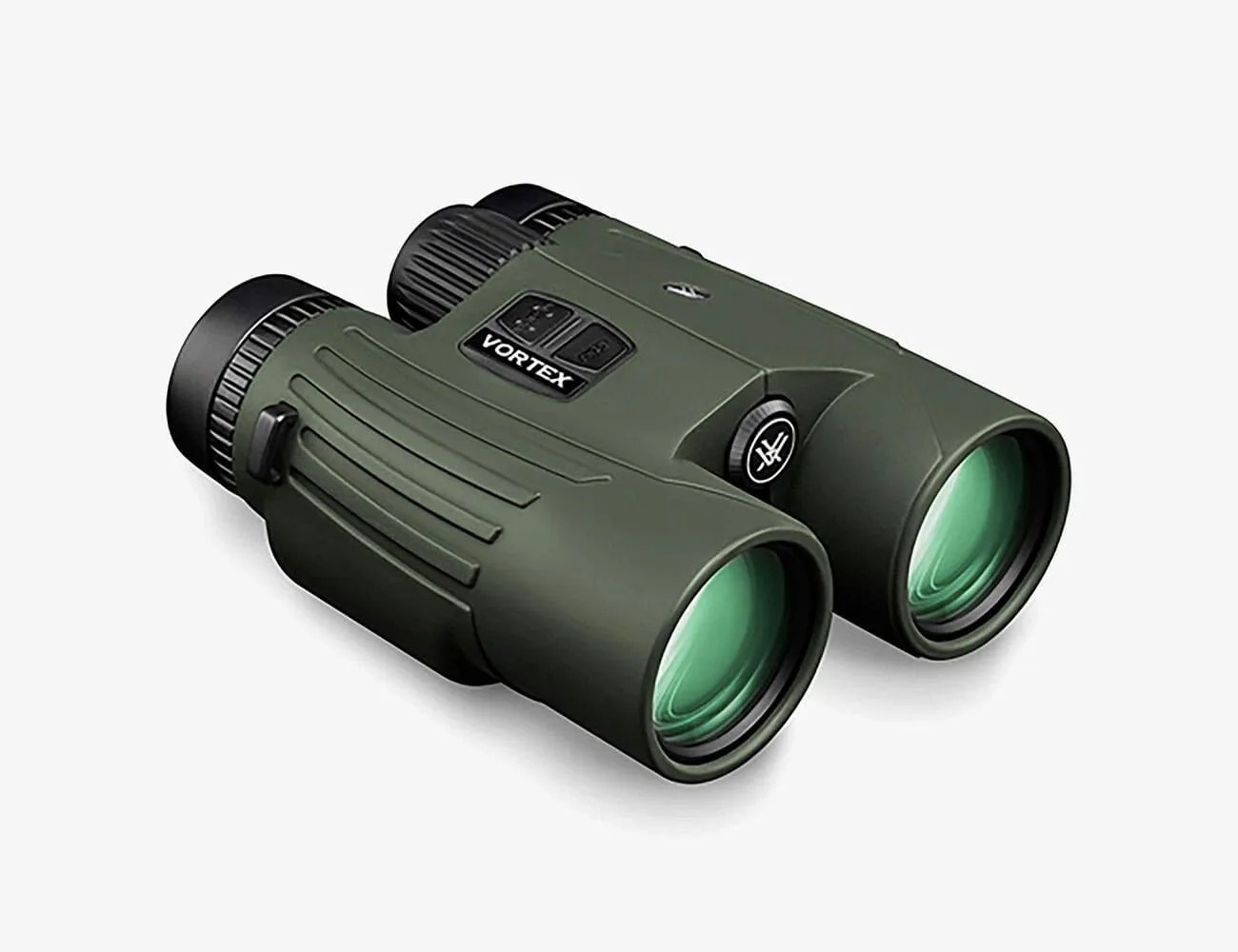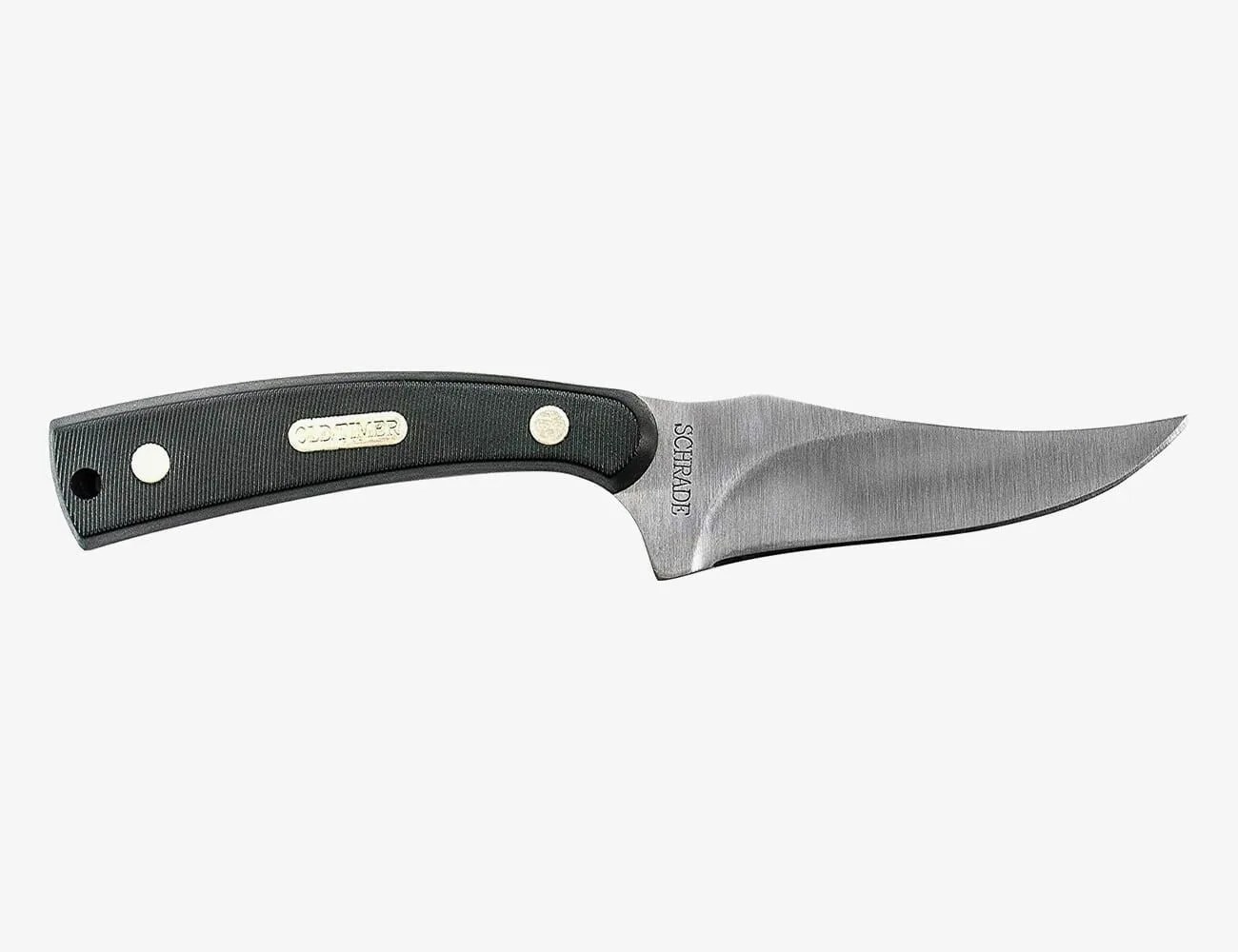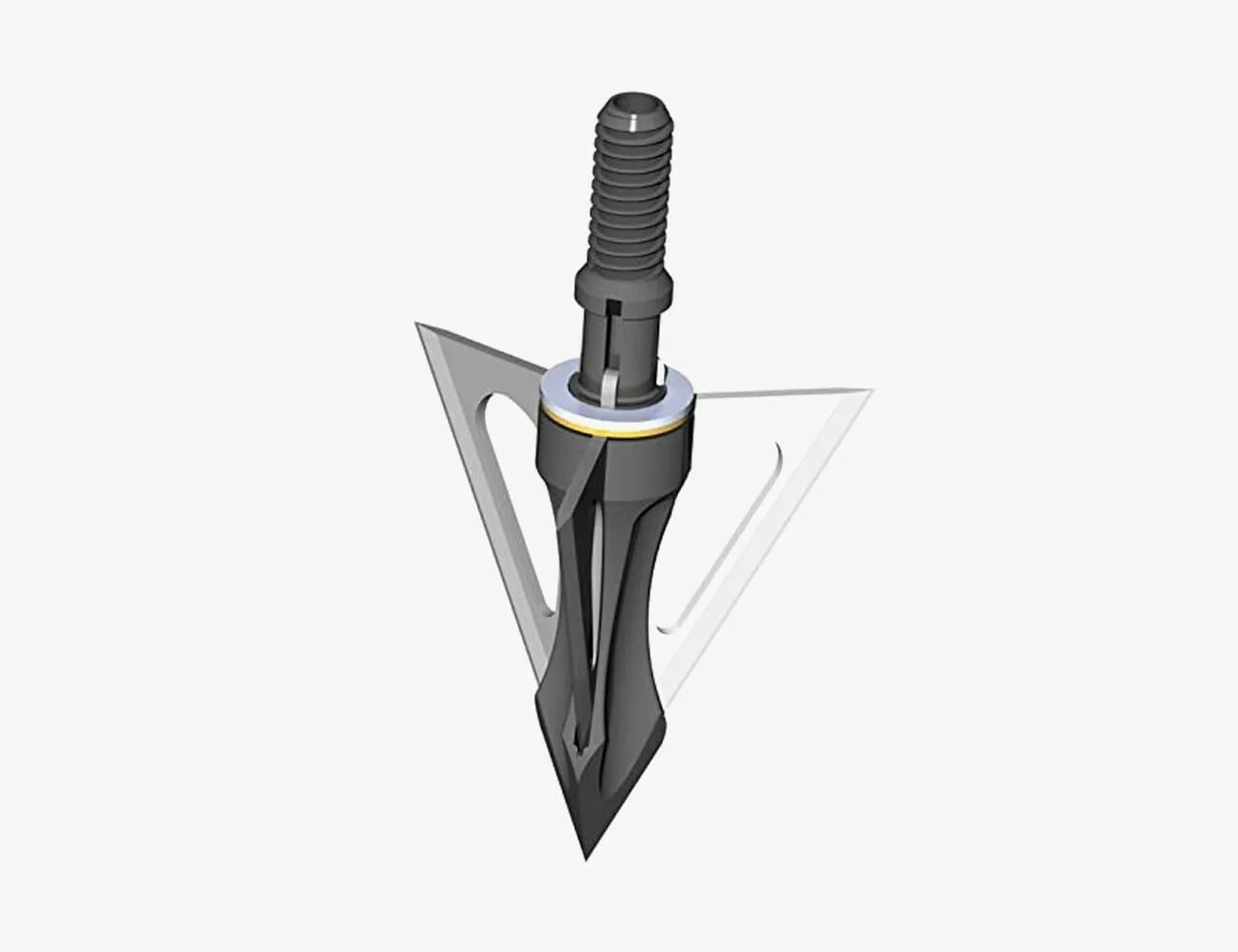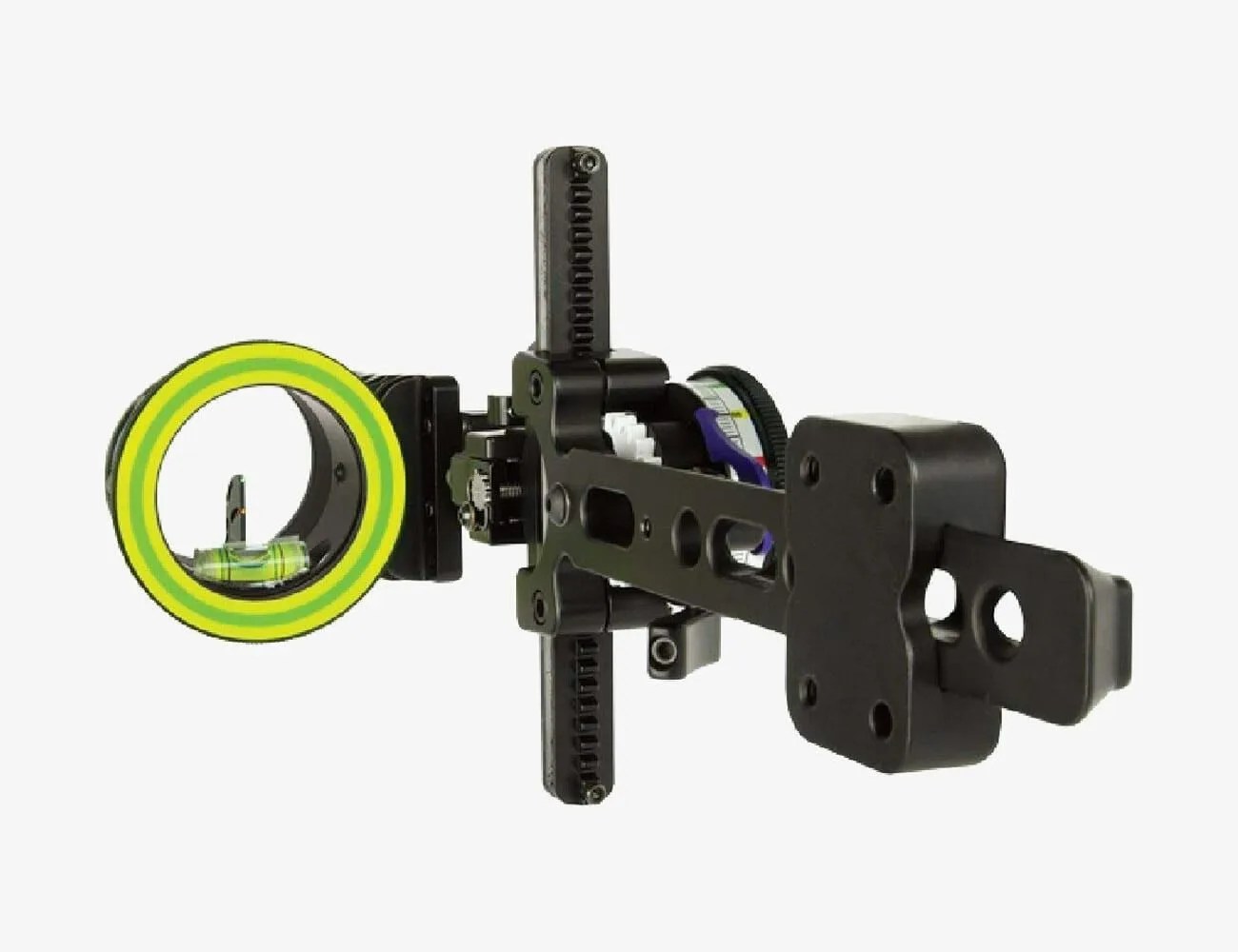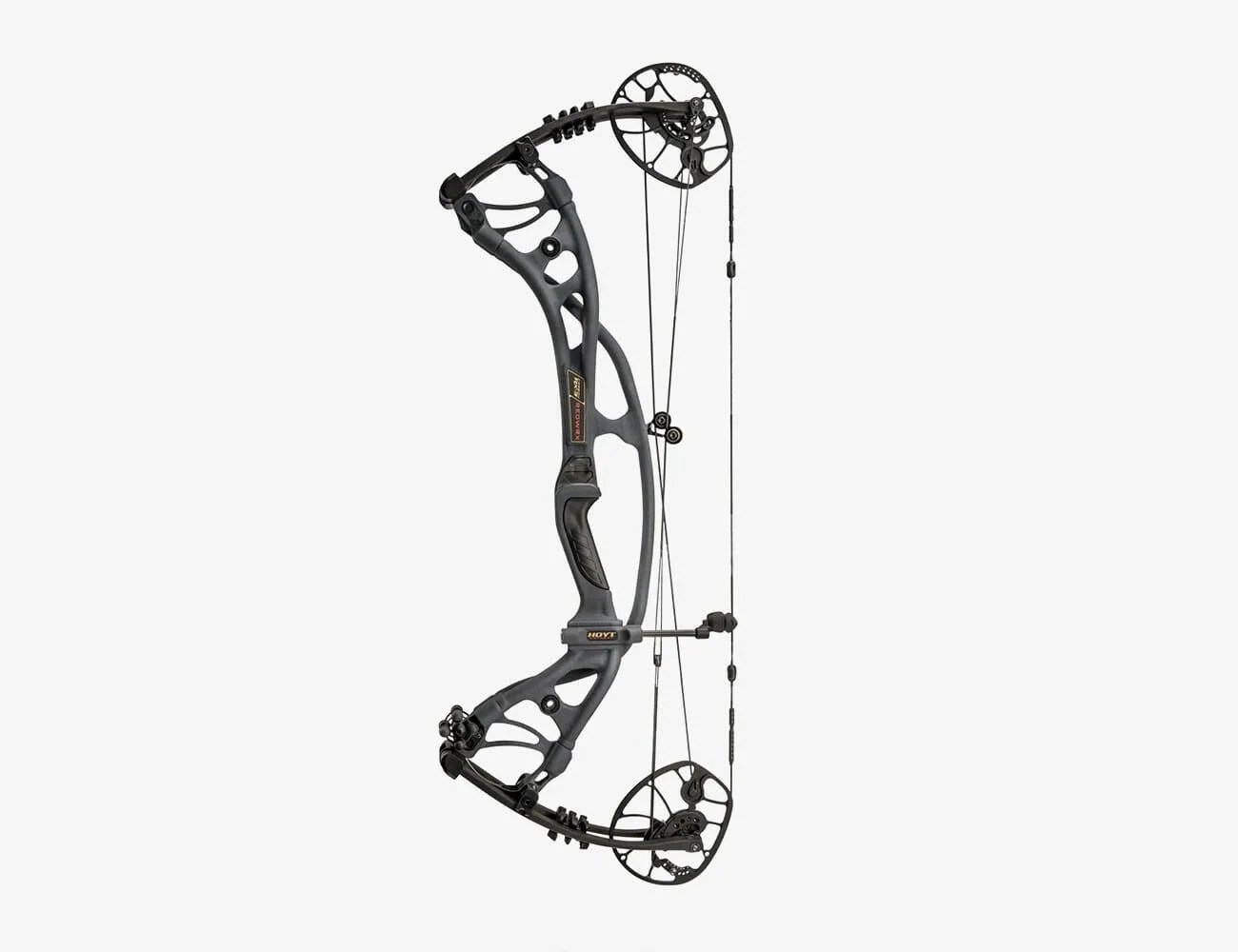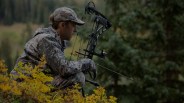Tagging an elk can be a challenging affair, one that requires every piece of your kit to function flawlessly. After all, herds roam the high peaks of western states like New Mexico and Colorado, where the weather can be as unpredictable as the terrain is demanding. The land, and the herds, can require hunters to spend days hiking, glassing and stalking. We recently tapped two pros who are no strangers to the west’s mountainous landscape to find out what the choose to bring into the backcountry. Below: their picks for the best gear for elk bowhunting season.
Montana Decoy RMEF Cow Elk
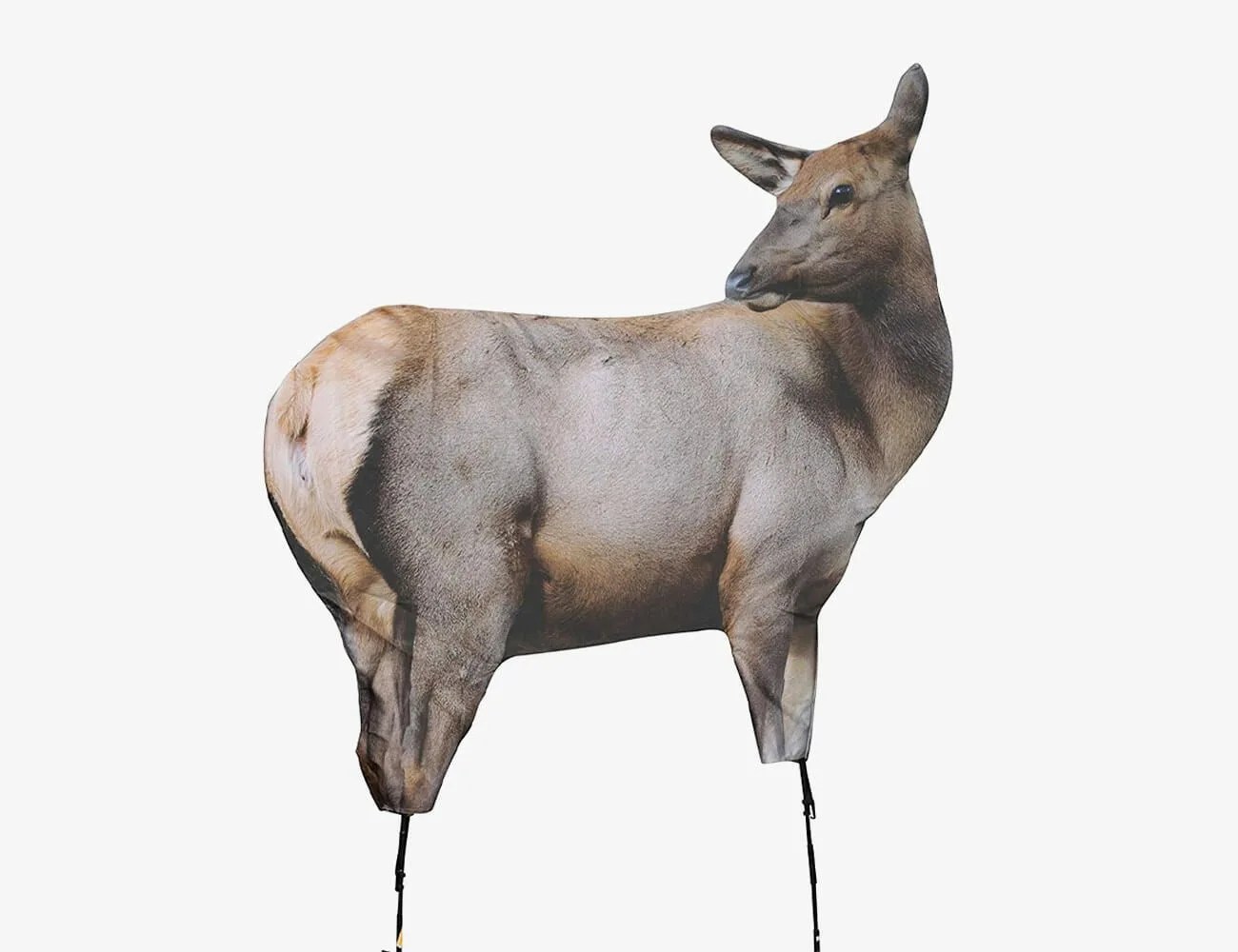
Elk decoys are best used for cover rather than drawing an animal in, says Trevon Stoltzfus, Outback Outdoors founder and executive producer. “There are times when I need to move to a new spot, and maybe there are other cows there,” he says. “I can use the decoy for cover, stop to make a few calls, then move forward.” Stoltzfus’s go-to is the Montana Decoy RMEF Cow Elk. It’s comprised of a foldable fabric that weighs less than three pounds and packs down to 17×15 inches but extends to more than four feet wide.
Phelps E-Z Estrus
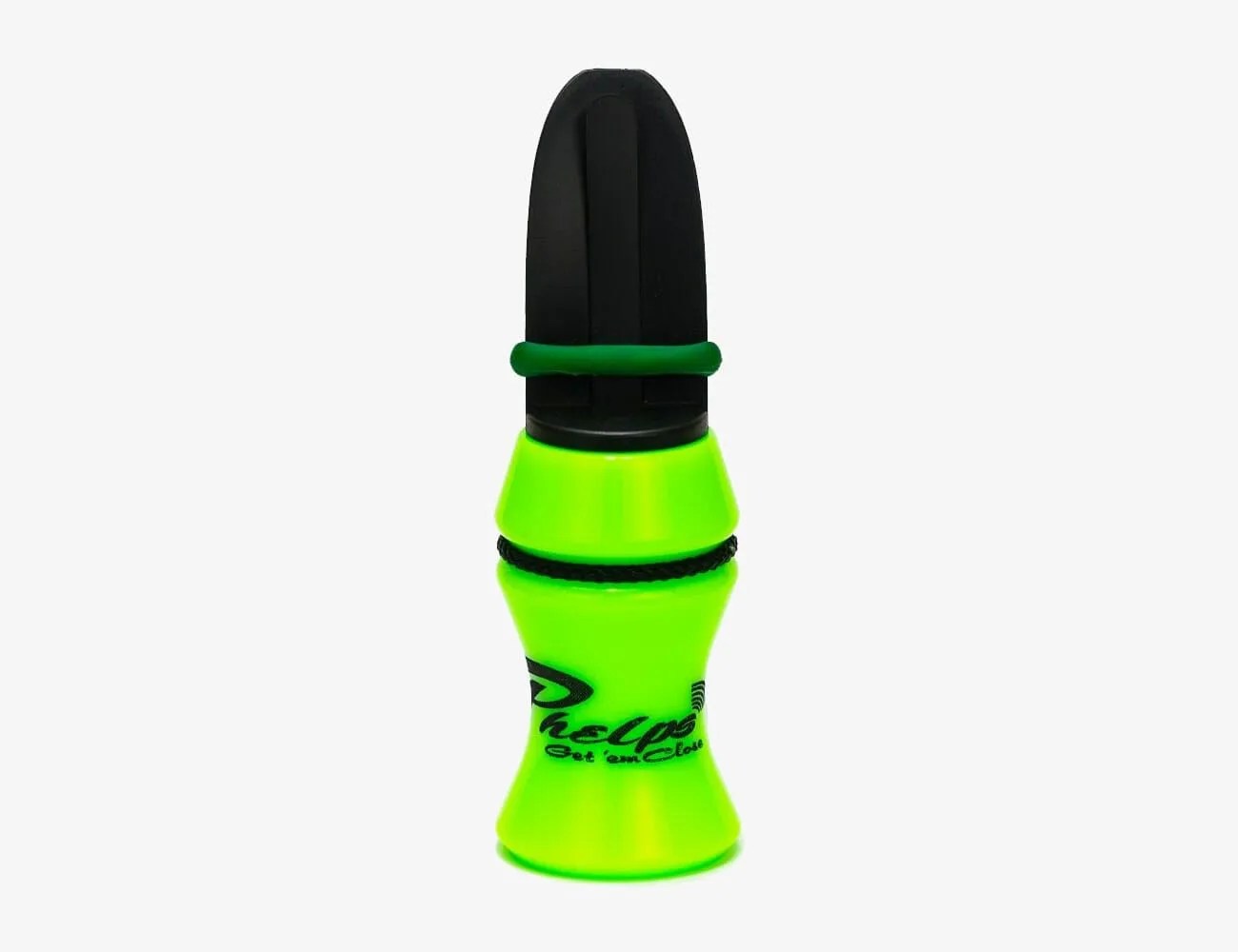
There are a lot of calls on the market. Ben O’Brien, the host of The Hunting Collective podcast and MeatEater’s editorial director, opts for the Phelps E-Z Estrus, saying that its ease of use is perfect for both beginners and seasoned hunters. “You can really make realistic sounds,” he says. “It’s a good option.” The call is well-suited for early fall in the high country when elk are rutting and the weather is unpredictable — it’s weatherproof, and its nasally sound mimics a cow in heat.
